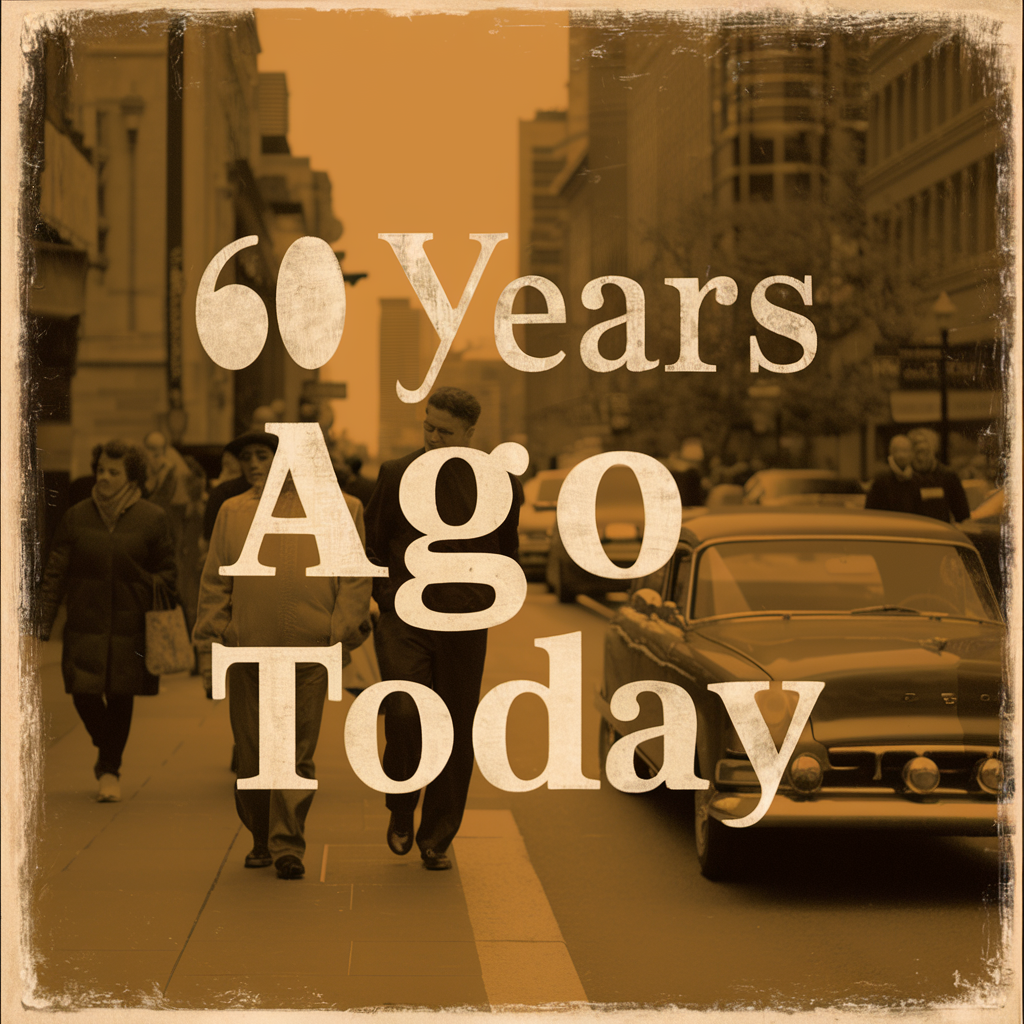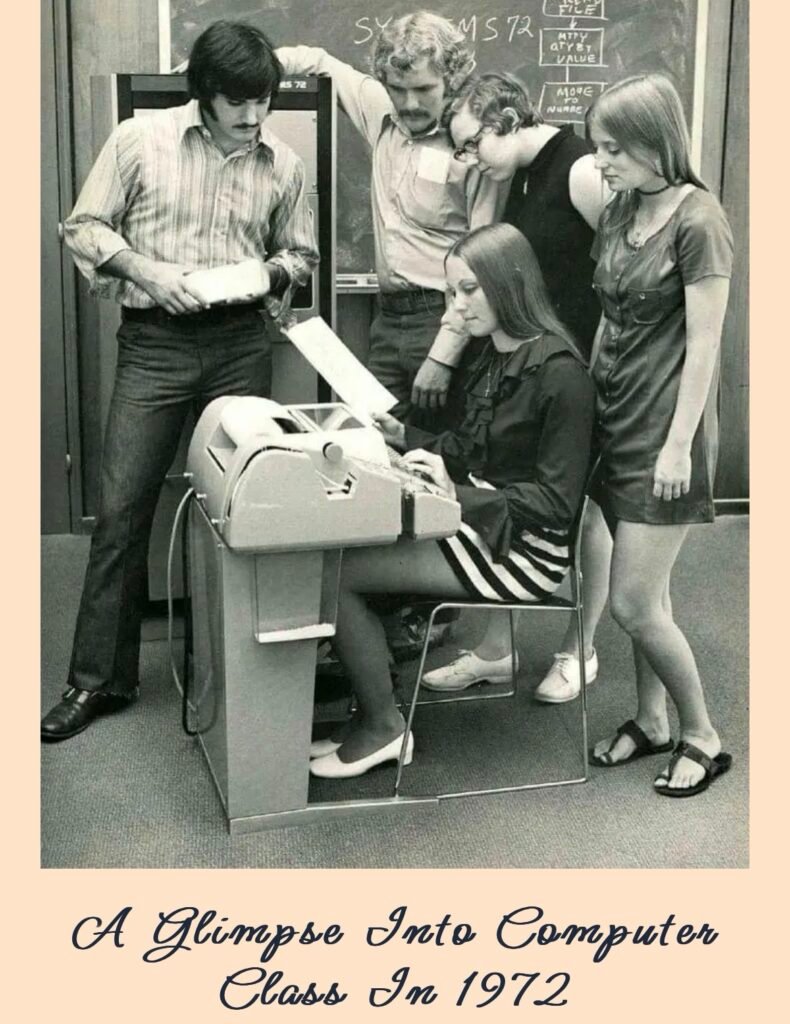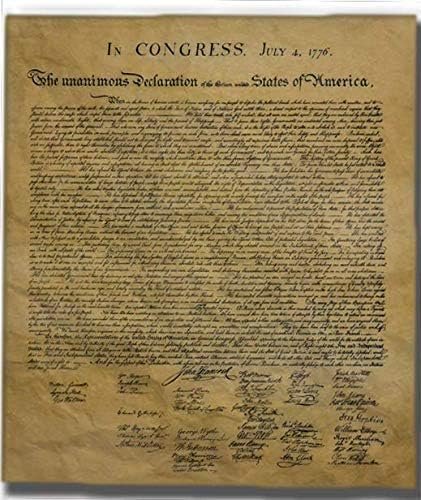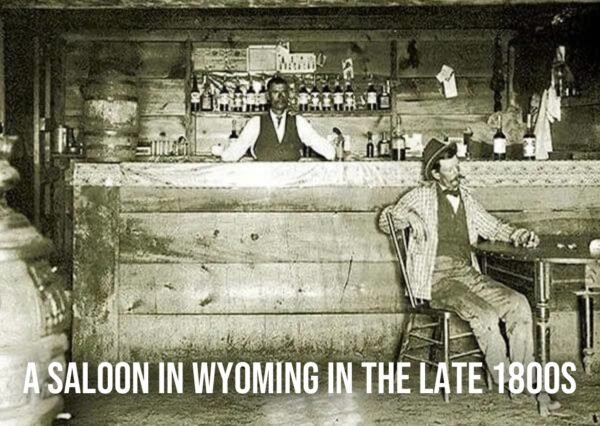
60 Years Ago Today: A Snapshot of the World in 1964
Reflecting on a Pivotal Year
As we take a moment to look back 60 years ago today, we find ourselves in the year 1964—a time of significant change and remarkable events that have left a lasting impact on our world. The year 1964 stands as a pivotal moment in history, marked by cultural revolutions, political shifts, and technological advancements that still resonate with us today. For those of us who love to delve into the past, reflecting on what the world looked like six decades ago offers not just a glimpse into history, but also a deeper understanding of how far we’ve come and how certain moments have shaped our present.
60 years ago today, the world was buzzing with activity. The Civil Rights Movement in the United States was gaining momentum, pop culture was being transformed by new musical icons, and innovations in technology were beginning to change everyday life. This article will explore the political landscape, cultural shifts, and technological advancements of 1964, offering a snapshot of a world that was both vastly different and strikingly similar to our own.

The Political Landscape of 1964
60 years ago today, the world was in the midst of significant political change, with movements and decisions that would influence global affairs for decades to come. The year 1964 was particularly notable for its developments in the United States and around the world, as various nations grappled with issues of civil rights, Cold War tensions, and emerging independence movements.

The Civil Rights Movement in the United States
In 1964, the Civil Rights Movement was at a critical juncture in the United States. On July 2nd of that year, President Lyndon B. Johnson signed the Civil Rights Act into law, a landmark piece of legislation that aimed to end segregation in public places and banned employment discrimination on the basis of race, color, religion, sex, or national origin. This was a monumental step forward in the struggle for racial equality, but it didn’t come without fierce opposition and significant challenges.
60 years ago today, activists like Martin Luther King Jr. were leading nonviolent protests and marches across the South, fighting against deeply entrenched systems of segregation and racism. The Freedom Summer campaign, which took place in 1964, brought hundreds of volunteers to Mississippi to register African American voters, often facing violent resistance. This period was a crucial turning point in American history, laying the groundwork for further progress in the fight for civil rights.
As we look back on these events, it’s important to remember the bravery and determination of those who fought for equality during this time. The Civil Rights Movement not only changed the legal landscape of the United States but also set the stage for ongoing discussions about race and justice in America today.
Cold War Tensions and Global Politics
On the global stage, 1964 was marked by the ongoing tensions of the Cold War. The rivalry between the United States and the Soviet Union continued to dominate international relations, with both superpowers engaged in an arms race and competing for influence around the world. This period saw the height of the Space Race, as well, with the Soviet Union and the United States each striving to achieve milestones in space exploration.
60 years ago today, the Cold War was more than just a geopolitical struggle; it influenced nearly every aspect of life, from education to entertainment. The fear of nuclear conflict was palpable, and many people lived with the constant threat of potential disaster. This era of tension also led to the development of new technologies and defense systems, some of which laid the groundwork for the innovations we rely on today.
In Asia, the Vietnam War was escalating, with the Gulf of Tonkin incident in August 1964 leading to greater U.S. involvement in the conflict. This war would become one of the most controversial in American history, sparking widespread protest and significantly influencing U.S. foreign policy for years to come.
The political landscape 60 years ago today was complex and often turbulent, but it was also a time of significant progress and change. The events of 1964 continue to influence the world we live in, reminding us of the importance of understanding history to navigate the challenges of the present.

Cultural Shifts and Iconic Moments of 1964
As we continue our journey back to 60 years ago today, it’s impossible not to notice the cultural revolution that was sweeping across the world in 1964. This was a year of profound change, where new ideas, music, and icons began to reshape societies, influencing the way people lived, thought, and interacted with each other. The cultural shifts of this era left an indelible mark on history, with many of these changes still resonating today.
The British Invasion and the Rise of Pop Culture
60 years ago today, the world was captivated by the “British Invasion,” a cultural phenomenon that saw bands from the United Kingdom, most notably The Beatles, take the world by storm. The Beatles made their historic American television debut on “The Ed Sullivan Show” in February 1964, an event that drew an audience of over 73 million people. This performance is often credited with sparking the British Invasion, leading to a wave of British bands dominating the American music charts.
The impact of The Beatles and other British bands went beyond just music; they influenced fashion, language, and even social norms. The energy and creativity of this movement helped define the youth culture of the 1960s, a culture that emphasized freedom, rebellion, and self-expression. The music of The Beatles, The Rolling Stones, and others became the soundtrack of a generation that was questioning authority and pushing the boundaries of what was socially acceptable.
This cultural shift was not confined to music alone. Television, film, and literature were also evolving, with new forms of storytelling and artistic expression emerging. Shows like “The Twilight Zone” and movies like “Dr. Strangelove” challenged audiences to think critically about society, politics, and the future. These cultural artifacts from 60 years ago today continue to influence contemporary media, reminding us of the power of art to reflect and shape the times.
Social Change and the Youth Movement
The year 1964 also saw the rise of a powerful youth movement, as young people around the world began to assert their influence on society. 60 years ago today, the Baby Boomer generation was coming of age, and their sheer numbers, coupled with their desire for change, made them a force to be reckoned with. This period saw the beginnings of the counterculture movement, which would later define the late 1960s.
Young people were at the forefront of pushing for social change, from civil rights to women’s liberation. College campuses became hotbeds of activism, with students organizing protests, sit-ins, and demonstrations to demand justice and equality. The energy of this youth movement was contagious, spreading across borders and inspiring similar movements in Europe, Latin America, and beyond.
The fashion and lifestyle choices of young people in 1964 also reflected this desire for change. The Mod fashion movement in the UK, with its sleek, modern designs, and the rise of casual, unstructured clothing in the US, signaled a shift away from the formal, conservative styles of previous generations. These changes were more than just superficial—they represented a break from tradition and an embrace of new values that emphasized individuality and personal freedom.
The cultural shifts of 1964 laid the groundwork for much of what we see in today’s society. From the music we listen to, to the way we express ourselves, the legacy of 60 years ago today is still very much alive. As we reflect on these iconic moments, it’s clear that 1964 was a year of transformation, setting the stage for the revolutions that would follow.

Technological Advances and Everyday Life in 1964
60 years ago today, the world was witnessing remarkable technological advancements that were beginning to reshape everyday life. The year 1964 stands out as a period when innovation was not only changing the way people lived and worked, but also laying the foundation for many of the technologies we rely on today. From household gadgets to groundbreaking developments in space exploration, this was a time of rapid progress and futuristic dreams.
The Rise of Consumer Electronics
In 1964, consumer electronics were becoming an integral part of daily life. 60 years ago today, color television was starting to make its way into more American homes, revolutionizing the way people experienced entertainment. While black-and-white TVs had been around for a while, the introduction of color broadcasts made watching TV an even more immersive experience. Popular shows of the time, such as “Bewitched” and “Gilligan’s Island,” became vibrant, colorful fixtures in living rooms across the country.
Another notable innovation from this era was the widespread adoption of the transistor radio. Compact, portable, and affordable, transistor radios allowed people to listen to music and news on the go. They were particularly popular with young people, who could now tune in to their favorite rock and roll stations wherever they were. This technological shift also played a role in the spread of pop culture, as music became more accessible and shared among the masses.
The everyday conveniences that began to emerge 60 years ago today also included advances in household appliances. Kitchen gadgets like blenders, electric can openers, and early versions of microwave ovens were becoming commonplace, making domestic chores easier and quicker. These innovations were part of a broader trend of consumerism that defined the post-war era, as families embraced the modern conveniences that were designed to save time and effort.
Space Exploration: A New Frontier
The 1960s were a time of intense competition and excitement in the realm of space exploration, and 1964 was no exception. 60 years ago today, both the United States and the Soviet Union were making significant strides in the Space Race, a contest that would ultimately lead to humanity’s first steps on the moon just five years later.
In 1964, NASA was ramping up its efforts with the Gemini program, which focused on developing the skills and technology needed for a lunar landing. Gemini missions were crucial for testing spaceflight techniques such as spacewalks, orbital maneuvers, and long-duration missions. These missions laid the groundwork for the Apollo program, which would go on to achieve the historic moon landing in 1969.
Meanwhile, the Soviet Union was also pushing the boundaries of space exploration. In October 1964, the Soviet spacecraft Voskhod 1 made history as the first mission to carry more than one crew member into space, and without space suits—a bold move that demonstrated the Soviets’ confidence in their space technology. This mission was a significant achievement and a reminder of the intense competition between the two superpowers.
The excitement and innovation surrounding space exploration 60 years ago today captured the imaginations of people around the world. The promise of new frontiers and the possibility of space travel for ordinary citizens seemed closer than ever. This era of technological optimism not only advanced our understanding of space but also inspired a generation to dream big and push the limits of what was possible.
Transportation Innovations
60 years ago today, the world was also seeing significant advancements in transportation. The automotive industry was booming, with new models and designs that captured the spirit of the times. Cars were becoming more than just a means of transportation; they were symbols of freedom, status, and innovation.
One of the most iconic cars of the era was the Ford Mustang, which was introduced in 1964. This car quickly became a cultural phenomenon, appealing to the growing youth market with its sporty design and affordable price. The Mustang represented a shift in the automotive industry, where cars were designed not just for function, but for style and personal expression. This was a significant moment in car culture, one that would influence the design and marketing of vehicles for decades to come.
For more insights into the history of Ford’s influence on the automotive world, you might want to explore The Hidden History of the Ford Maverick, which delves into another significant chapter of automotive history.
60 years ago today, advancements in transportation weren’t limited to the roads. Air travel was also becoming more accessible and sophisticated, with the introduction of jet engines and larger aircraft that could carry more passengers over longer distances. The expansion of commercial air travel made it possible for more people to explore the world, further shrinking the globe and connecting cultures.

Reflecting on 60 Years Ago Today
As we look back on the events of 1964, it’s clear that 60 years ago today, the world was undergoing significant transformations that would shape the course of history. From the powerful strides made in civil rights and the intense political landscape of the Cold War, to the cultural revolutions driven by music and youth movements, and the groundbreaking technological advancements that began to reshape daily life, 1964 was a year of profound change.
These moments from 60 years ago today continue to influence our lives in ways both big and small. The political movements and cultural shifts of that era laid the groundwork for many of the freedoms and societal norms we enjoy today. The technological innovations, whether in consumer electronics or space exploration, set the stage for the digital age we now live in. Even the fashion, music, and social trends of 1964 echo through the decades, reminding us of the enduring power of creativity and innovation.
Reflecting on 1964 allows us to appreciate how far we’ve come and how the events of the past continue to shape our present and future. It’s a reminder that history is not just a series of dates and events, but a living narrative that connects us all. As we continue to explore the stories from 60 years ago today, we gain a deeper understanding of the complexities of the world and the enduring impact of the decisions and actions made during this pivotal time.
60 years ago today, the world was a different place, yet many of the changes and challenges faced back then continue to resonate. By understanding these historical moments, we gain not only knowledge but also insight into how we might navigate the complexities of our present and future.


As an Amazon Associate we earn from qualifying purchases through some links in our articles.




